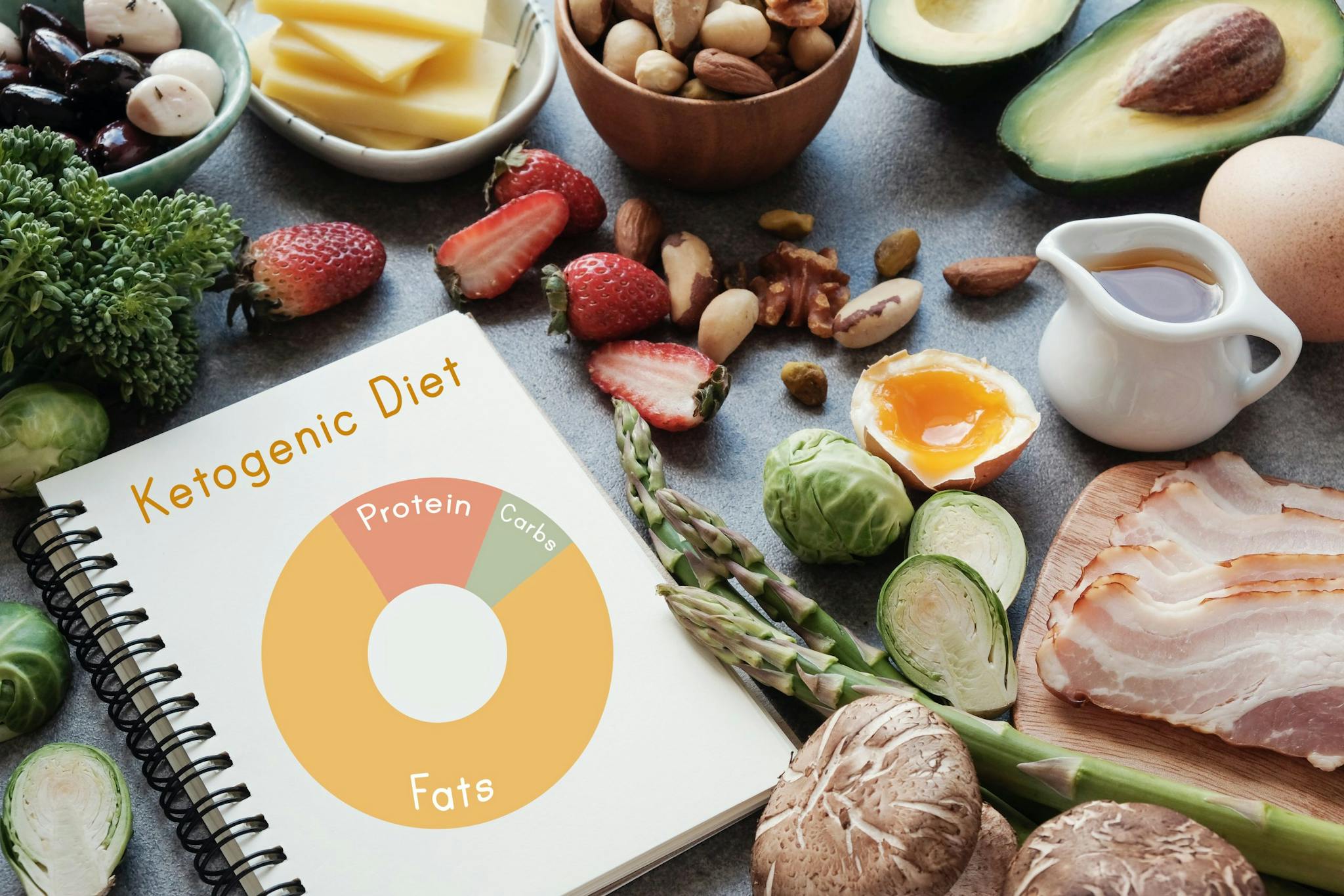
April 9, 2024
The Health Benefits of Stress Management
- Behavioral Health
June 20, 2016 | Family Medicine

What’s the best thing about summer vacation, besides no school? Eating outside! It’s time to pull those ice chests and picnic baskets out of storage and clean off the grill. It’s also the perfect time to freshen up on your food safety skills. Foodborne bacteria love warm weather as much as we do.
The Centers for Disease Control and Prevention (CDC) estimates that each year, approximately 48 million Americans, or 1 in 6, get sick from food-poisoning-related illnesses.128,000 of these cases require hospitalization, and 3,000 result in death. Young children, pregnant women and adults over 65 are especially vulnerable to foodborne illnesses and typically experience more serious symptoms.
Many of these bacterial infections are transmitted during improper food handling or as the result of eating uncooked animal products. More than half of all Americans now cook outdoors year round, and this number rises in the summer months. Let’s take a quick look at food safety tips especially important for healthy grilling and picnicking.
1) When grocery shopping for your gatherings, put cold food like meat, poultry, dairy and eggs into your cart last, right before checkout. Place raw meat and poultry into plastic bags to contain the juices, and separate from your produce to prevent cross-contamination.
2) Completely thaw your meat and poultry before grilling, either slowly in the refrigerator or in sealed packages placed in cold water. Use your microwave’s defrost setting only if the food will be going directly to the grill.
3) Always marinate food in the refrigerator, never on the counter.
4) When transporting food from your home to another location, use an insulated cooler with enough ice or ice packs to maintain the food’s temperature at 40°F or below. Don’t pack the cooler until you’re headed out the door.
5) Keep your cooler shaded once you reach your picnic area, and don’t open the lid more than necessary. Use a separate cooler for beverages.
6) Divide vulnerable foods like egg salad and potato salad into small serving bowls filled with only enough for each person to enjoy a single serving. Keep the remainder chilled until everyone wants seconds, and then replace the bowls. Don’t refill the ones that have been sitting in the heat.
7) Food safety consultant Jeff Nelken advises, “If your crowd includes a lot of people over 65 or those with compromised immune systems, use pasteurized eggs to reduce the risk of Salmonella.”
8) Always use a food thermometer. Meat and poultry cooked on a grill can brown very fast on the outside without reaching a safe internal temperature that ensures harmful bacteria are destroyed.
9) Cook beef, veal and lamb steaks and chops to 145°F. Hamburgers made of ground beef should reach 160°F, and all cuts of pork should reach 160°F. Cook all poultry to a minimum of 165°F. If you’re barbecuing fully cooked meats like hot dogs, grill to 165°F.
10) Refrigerate leftovers immediately in shallow containers, and toss out any food that sits out longer than two hours. If temperatures are above 90°F, food should not be kept after sitting out one hour.
According to the CDC, “The most common foodborne illnesses are norovirus, Salmonella, Clostridium perfringens, and Campylobacter.” Symptoms usually include vomiting and diarrhea, but in severe cases, life-threatening complications such as organ failure can occur.
Salmonella is a bacterial infection most often caused by eating undercooked poultry and eggs or by drinking unpasteurized milk. It’s also found in seafood, cheeses, raw meat and some fruits and vegetables. Summer brings increased risk for Salmonella poisoning through commonly enjoyed treats made with raw eggs such as ice cream, cookie dough and the mayonnaise in tuna, chicken and egg salads.
If your crowd includes a lot of people over 65 or those with compromised immune systems, use pasteurized eggs to reduce the risk of Salmonella.
Although infections from Salmonella-tainted meat and poultry are the most life threatening, a study by the CDC showed that twice as many foodborne illnesses are caused by contaminated produce as by meat and poultry, with leafy greens the most common source of Salmonella infections.
Did you know you it’s possible to have a chronic Salmonella infection without experiencing any symptoms? It’s easy to spread this bacteria to others unknowingly, which is why it’s important to know who is preparing and handling your food. Any food prepared on cutting boards or sinks contaminated by raw poultry or meat can become tainted with Salmonella.
Abdominal pain and cramps
Diarrhea
Nausea and vomiting
Fever
Loss of appetite
These symptoms typically develop 12 to 72 hours after eating the bacteria-tainted food. Most people recover within a week with adequate hydration, but in cases of severe diarrhea, intravenous fluids are sometimes required.
Scrub your fruits and vegetables thoroughly under running water.
Don’t eat raw or undercooked meat, poultry or eggs.
Use separate cutting boards and utensils for vegetables and meats.
Wash your hands frequently with soap and warm water during and after food preparation.
Don’t handle food if you have an infection.
E. coli bacteria are responsible for approximately 73,000 cases of foodborne illnesses in the U.S. every year, according to the CDC. Eating undercooked, contaminated ground beef, drinking unpasteurized milk, or swimming in or drinking contaminated water causes most of these infections. Teach your children to never swallow pool or lake water.
Like Salmonella, an E. coli infection can be present with no symptoms. Severe cases involve bloody diarrhea, abdominal cramps and fever. Keep your family safe from E. coli infections by thoroughly cooking ground beef, avoiding unpasteurized milk and teaching everyone to thoroughly wash their hands after using the bathroom and changing diapers.
Botulism is rare in the U.S., thanks to better food safety procedures in commercial canning, but abundant fresh summer produce often inspires home canning of low-acid items, such as tomatoes, beets, green beans and corn. Sealed cans provide the perfect oxygen-free environment required for the bacteria Clostridium botulinum to release the toxin that causes botulism. Symptoms usually develop 18 to 36 hours after ingesting the food and include:
Muscle weakness
Slowed or slurred speech
Difficulty swallowing and dry mouth
Blurred or double vision
Droopy eyelids
Preserve food safely if you do your own canning.
Examine canned and jarred foods before purchasing or opening, and discard any container that has dents, bulges or leaks.
Listen for rushing air when you open a container that indicates the food may be spoiled.
Never give honey to children under 1 year of age; it’s a frequent cause of infant botulism.
Most of the bacteria responsible for food poisoning don’t have a taste or smell. Use this helpful site to check storage guidelines for thousands of foods and beverages. Remember to maintain your refrigerator’s temperature below 40F and your freezer below 0F, follow all food safety tips and have a safe and healthy summer vacation!

WRITTEN BY:
Lehi Willowcreek Family Medicine


April 9, 2024

March 22, 2024

February 12, 2024

February 6, 2024
This information is not intended to replace the advice of a medical professional. You should always consult your doctor before making decisions about your health.